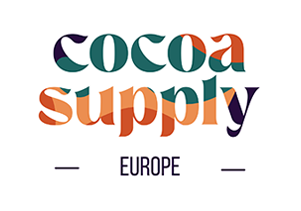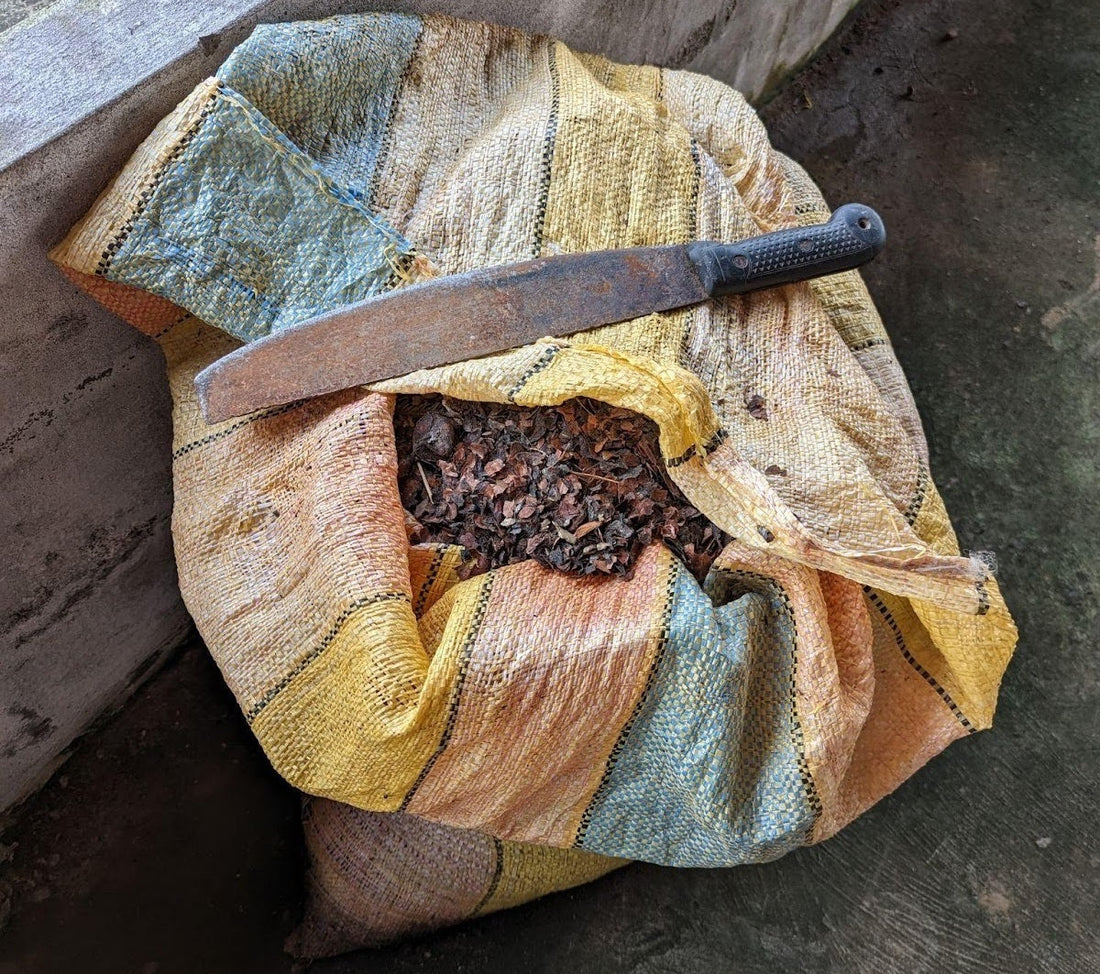Cacao husks have always been regarded as a waste product of agriculture. They are either stacked up around the fermenting and drying areas, or, as the fastest means of disposal, they are set on fire and left to smoke in the open.
At CocoaSupply, we switch the idea of waste over to our customers and give them this product. Many makers are using it as an ingredient to brew cacao tea, beer, and to extract flavors. It is also a fine medium for growing mushrooms. Besides, the husks are widely used for coming back the soil. The fact is that cacao husks have never been a glamorous product. They do have a knack for looking a little dusty, brittle and smelly - just a bit like the shells of roasted nuts. Yet, at the same time, very strong resources can be found in what sometimes appears to be waste.
What Are Cacao Husks?
The shell that encases every cacao bean is very thin and papery-like. This shell has to be removed when processing the bean. It is done by winnowing, and there are MOUNTAINS of shells.
Let us put it into context: about 10–15% of a ton of dried cacao beans equals their shells. So, if Ecuador exports 300,000 metric tons of beans, which is more than 30,000 tons of husk waste in one year!
However, the cocoa husks are not only used for tea, soil conditioner, and animal feed, but also the innovators are already coming up with the idea that they could be a source of biofuel.
Why Biofuel?
The main conceptualization is straightforward: Cacao husks are biodegradable materials that are high in lignin and cellulose content, meaning they are optimal for burning and even perhaps longer. They can be made into briquettes or pellets which can be used to replace not only firewood but also coal or sometimes even diesel depending on the application.
This can be a game-changer for the smallholder farmers. They will not have to buy firewood or gas any longer for bean drying; instead, they will get their husks converted into fuel and hence, the loop will be closed. For the large processors, the biofuel made from husks could be used for the power of fermentation centers, dryers, or even factories.
The countries where cacao is produced are looking at biofuel as a means of cutting their fossil fuels dependency. In the case of Ghana and Ivory Coast, scientists have been experimenting on the application of husk briquettes as a source of energy in rural areas. The results showed that it is a better burner than firewood. Some universities in Ecuador have looked into cacao husks as a power source and have done some tests on energy options such as pelletization and bioethanol for the future.
Environmental Benefits
One of the most important aspects of cacao husk biofuel is its eco-friendliness. Instead of letting the husks rot in heaps or burn them in an open place, they can be converted into clean and effective energy. Just imagine!
This relates to the story of the circular economy in a bigger picture: nothing is wasted; everything is reused. In practice, agricultural waste that otherwise would have been polluting the surroundings would be less, forests would not be cut down if the wood then used for the energy is replaced with the husk, and there would also be a decrease in the use of diesel or coal. Additionally, cacao farmers would have another income stream if they start selling the husk pellets locally in their vicinity.
The Challenges
Naturally, not everything goes perfectly. There are some difficulties in the way of husk biofuel scaling:
-Collection and logistics: Husk is a very bulky and light material, which makes its transportation very expensive compared to its value.
-Processing costs: Converting husk into briquettes or pellets requires special machines and a whole setup that unfortunately many cacao-producing areas don't have yet.
-Market development: For husk biofuel to become popular, there has to be a market for it. This means either governments giving grants or private companies putting money into it, which we haven't seen yet.
Without those systems being implemented, husk biofuel is in danger of staying a brilliant idea rather than becoming a global reality. However, it is hoped that the further study of the concept will lead to its realization for all.
Why Should Makers Care?
Sustainability is not merely a matter of what happens in your kitchen or workshop but the whole chain. The greater the capacity of cacao producers and processors to reuse their byproducts, the more healthy and strong the supply chain will be. Cacao is not just a sweet thing; it is also an inventive and eco-friendly material. In other words, if cacao can become even more versatile than it already is, and even more revolutionary, that affects everyone in the industry.
Eventually, we should all be viewing waste differently, and that is the essence of cacao husk. Nibs, butter, liquor, pulp, and powder are different expressions of the same bean; husk biofuel is another way to unlock our favorite fruit’s hidden potential.
It will not immediately solve every problem, but in a world where energy is so pricey and sustainability is becoming a priority every year, it is still worth paying attention to. The humble cacao husk might not be sweet, but it could certainly fuel a sweeter future!

